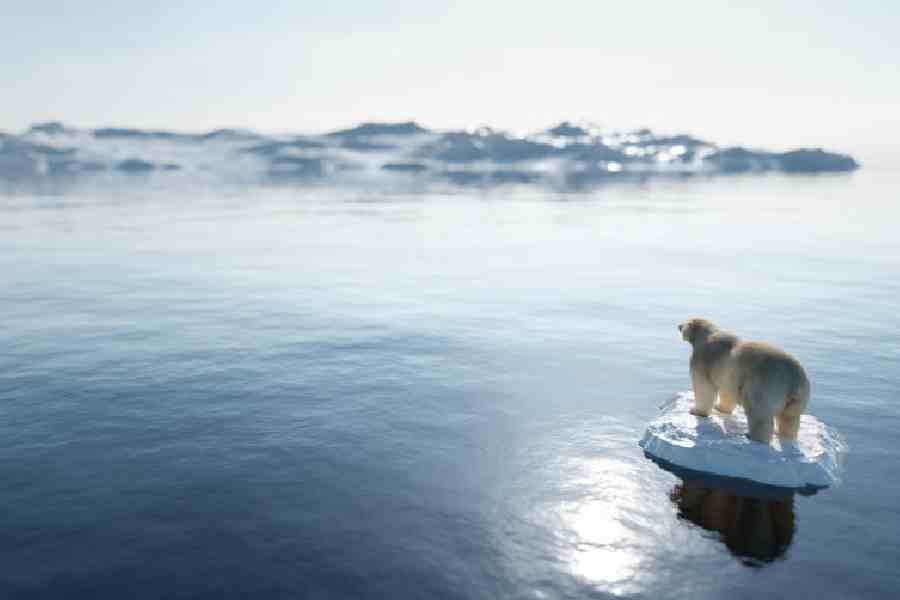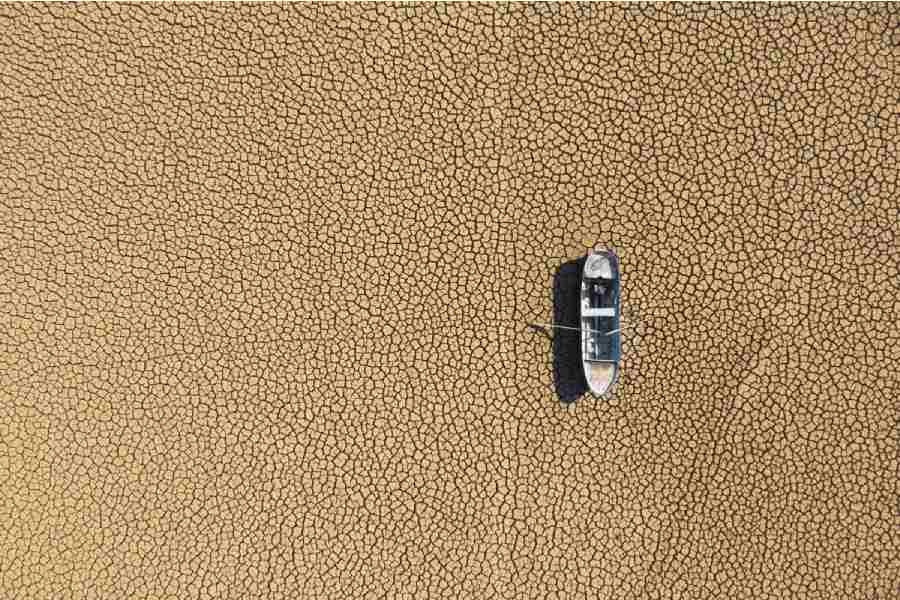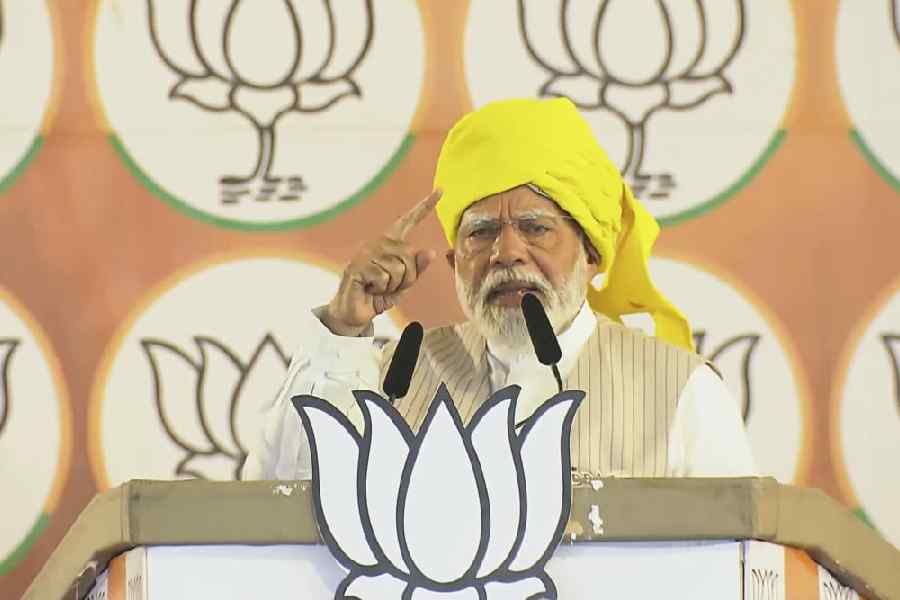Engagement with new parts of the world spurred some to take a deeper interest in what could be learned from geography, from history and from science. Writing in the middle of the eighteenth century, the philosopher David Hume considered what the authors Horace, Juvenal and Diodorus Siculus had said about the weather and climate in Rome as well as elsewhere in the empire. It would have been preferable, he notes, “had the ancients known the use of thermometers”. Nevertheless, comparing the accounts with the present day, it is reasonable to conclude that “the winters are now much more temperate at Rome than formerly”.
In Hume’s own time, he wrote, the Tiber froze about as often as River Nile — never, in other words. Likewise, Ovid’s description of the Black Sea freezing every year either spoke of a very different climate, or reveals thatOvid was lying. There was only one explanation, concluded Hume. “Plainly”, he said, human activity was responsible for causing the planet to warm. This must have been done, he went on, primarily through deforestation and the cutting down of trees “which formerly threw a shade upon the earth, and kept the rays of the sun from penetrating it”.
The question of man-made climate change was one that preoccupied many settlers in the colonies in North America, including several of the Founding Fathers. In the 1760s, Benjamin Franklin wrote to Ezra Stiles, later President of Yale, stating that temperatures were becoming milder as a result of deforestation. “When a Country is clear’d of Woods,” he said, “the Sun acts more strongly on the Face of the Earth.” Solar warmth “melts great Snows sooner than they could be melted if they were shaded by the Trees”. While a “regular and steady Course of Observations” would be needed across multiple years and taking measurements from several parts of the country to confirm it, Franklin was persuaded that real changes were happening — and that human activity was responsible.
Franklin reported in the same letter that he had recently been in England where he had visited Cambridge to compare notes with John Hadley, the professor of chemistry. Contacts such as these were a by-product of fast-expanding global trade networks and a new age of information gathering from around the world as Europeans began to translate voyages of discovery into extensive commercial contacts and into regional dominance and colonialism. While trade, political and military priorities had led the way, science and scientists had sometimes followed hand in hand and had sometimes done so soon afterwards, supported by rising levels of wealth that funded scholarships and academic institutions and encouraged individual curiosity. In 1768, for example, Captain James Cook was commissioned by the Admiralty to undertake a voyage to the Pacific Ocean, with the aim of tracking the transit of Venus across the sun the following year. Missions like this were commendable, Samuel Johnson had written two decades earlier, because unlike expeditions which set off with “intent like merchants” to trade, or had military ambitions, they were motivated solely by the joy of knowledge for knowledge’s sake.
Such sentiments sounded reassuring, noble even. But they masked the fact that those leading the expeditions, like Cook, often had other motives too: in this case Cook was also given secret orders to search the South Pacific for a southern continent whose existence had been much speculated on and whose discovery was considered a matter of signal strategic importance to Britain and its global interests.
The question of the weather, of climate and of changing conditions dominated the minds of some. Thomas Jefferson had an obsessive interest, starting a diary on July 1, 1776, just as he was drafting the Declaration of Independence, and recording two temperature readings per day for the next fifty years. Indeed, on the morning of July 4, the day that America’s independence from Britain was declared, Jefferson visited Sparhawk’s stationery store in Philadelphia to buy himself a new thermometer.
We know from his diary that as the Declaration itself was being delivered to Congress, he was busy recording that the ambient temperature was 72.5ºF.
As the United States was being born, one of its principal architects was thinking about humidity and atmospheric pressure. He was presumably not entirely happy, at least about the tools at his disposal, for the day after independence he went back to Sparhawk’s to buy a barometer so that his findings could be even more accurate.
One of Jefferson’s pet theories was about the changing climate in North America in the late eighteenth century. Summarising in a book his “data for estimating the climate of Virginia”, he set out observations about sudden temperature changes, frosts and the impact on plant and animal life. This led him to conclude that “A change in our climate… is taking place very sensibly. Both heats and colds are become much more moderate within the memory even of the middle-aged. Snows are less frequent and less deep,” and while “The elderly inform me the earth used to be covered with snow for about three months in every year,” it no longer was — and nor did rivers freeze often, as they used to.

Jefferson’s views chimed with the prevailing wisdom among scholars in North America that the climate was changing rapidly. Hugh Williamson of Harvard had written almost twenty years earlier that “our winters are not so intensely cold, nor our summers so disagreeably warm”. This was due to land-use change from forest to open fields, which gave the earth a hard smooth surface, and rather as “the face of a looking glass or any polished metal will reflect more light and heat” the result was a warming of the land and of the temperature. This was good news for the future, he said: “clearing the country will mitigate the cold of our winters [and] it will also increase the heat of our summers”. As soon as trees had been felled, “we shall seldom be visited by frosts or snows”. Climate change was “so rapid and constant”, agreed SamuelWilliams in 1794, that “it is the subject of common observation andexperience”. Not only that, he added, but it could be observed “in every part of the United States”. There was no scope for this to be “a matter of doubt”; rather, it was a matter of fact.
That was all nonsense, retorted Noah Webster, who is best known for his famous dictionary. Webster took issue both with such statements and with the supporting evidence. “Mr Jefferson seems to have no authority for his opinions” other than “the observations of elderly and middle-aged people”, he said, adding that there was plenty of evidence to suggest that climates had not changed. The claims by men like Williams that temperatures had risen by ten to twelve degrees in the last century and a half were implausible and should lead any rational commentator to conclude that such views depended on “insurmountable difficulties” and were quite unreliable.
This was less a case of climate- change denial than a demand for rigorous scholarship to back up claims properly. As it was, competing views had already developed that set out entirely the opposite hypothesis — namely that the earth was cooling. One pioneer was the Comte de Buffon, who looked into questions like the locations of oceans and continents, sea-level changes and the formation of mountains. Widely read in the second half of the eighteenth century, Buffon proposed not only that the earth had been getting colder since its creation, but that it would keep on doing so. Draining marshes, deforestation and urbanisation had certainly helped raise temperatures, but ultimately little would stop an inevitable freeze.
For some, the worry was less about warming and cooling than about the problems of rising populations and the pressure of food shortages, a topic that had generated considerable discussion since the 1770s when the Bengal famine, outbreaks of wheat infestations by the Hessian fly, hurricanes in the Caribbean, the American War of Independence and a run of bad harvests in Britain and Ireland all raised fears about the impact on the poor, about the viability of the colonies and about the potential for disaster in the future.
In 1798, Thomas Malthus published a gloomy tract On the Principle of Population. The power of population, he wrote, “is so superior to the power of the earth to produce subsistence for man, that premature death must in some shape or other visit the human race”. The more people were alive, the greater the difficulty in producing enough food for them all. Fortunately, he went on, such are “the vices of mankind” that humans were often the best source of population control, most notably through fighting wars that brought death to many and served as a cap on the number of those consuming resources. Inevitably, however,this would not always work — for “Man cannot live in the midst of plenty”. As a result, the spectre of “gigantic inevitable famine” loomed large to resolve competition between the total available “food of the world” and the number of people living in it.
Such concerns led Sir John Banks, president of the Royal Society, to investigate ways of making warm climate plants and crops frost resistant — a task that gained additional urgency in the light of scientists’ conviction that the world was going through a pronounced phase of climatic change, although it was a matter of disagreement whether the problem was one of cooling or warming. It was “unquestionable”, wrote the Scottish chemist John Leslie in 1804, “that the climate, over the whole of Europe, has assumed a milder character”. It was clear, he argued, that “our earth must grow continually warmer” thanks to the sun’s rays. There could be little doubting, he added, that the climate of central and northern Europe “has gradually become milder”, for natural reasons. This had nothing to do with human activities. If it did, then the role was a marginal and peripheral one: anthropogenic activities ‘have no influence whatever in altering the average of temperature’.
Scholars like Harvard professor Samuel Williams were not so sure: Williams suggested that “the heat of the earth has been gradually increasing” as a result of colonisation and human-inspired ecological change in New England. If this was true, argued others like the influential Comte de Buffon, then it was an anomaly that would pass: the clear trend was towards cooling that would eventually cause the planet to freeze.
Hypotheses and disagreements like these were in part a reflection of the awareness and realities of a rapidly changing world.










